So, you want to start training your dog. That’s great! But, where to you start? What do you teach first? It’s easy to get ahead of ourselves and jump right into fun tricks. Who doesn’t want to teach their dog to shake? But, whether you have a new puppy or an older dog, the very first thing to teach is a reward marker. This very simple tool will be the backbone of teaching your dog everything you want them to know, from desired behavior to cool tricks. You can use a clicker, a reward marker word, or a combination of both.
Reward markers are part of a training methodology known as “marker training.” Marker training for dogs is a scientifically proven method to teach any dog anything you want, and it is fun, safe, and easy to do! All you need to get started is some high value treats and maybe a treat pouch. The pouch isn’t necessary, but it’s super helpful.
What is a Reward Marker?
A reward marker is a sound or hand signal that you condition your dog to strongly associate with an incoming reward, usually a tasty treat. You then use this sound or signal to “mark” desired behavior in your dog. This makes them more likely to repeat the behavior in the future. A reward marker word is a word that you use as this marker, as opposed to a clicker or a hand signal.
This methodology is known as marker training, or mark and reward dog training, and it is used for clarity. Essentially, reward marker dog training relies on a marker to help with timing reinforcement. It “marks” the moment your dog does what you want, which gives you time to reinforce the behavior. This is the same methodology behind clicker training, except instead of a word you use a clicker.
Both marker words and clickers are extremely useful tools when it comes to positively training your dog. I utilize both: clicker trainng is best for shaping behavior, while marker words are useful for teaching or reinforcing cues, particularly if you don’t have a free hand to operate a clicker.
For this post, we will focus on verbal dog marker training, or reward marker words. However, the concepts outlined below are the same for clicker training.
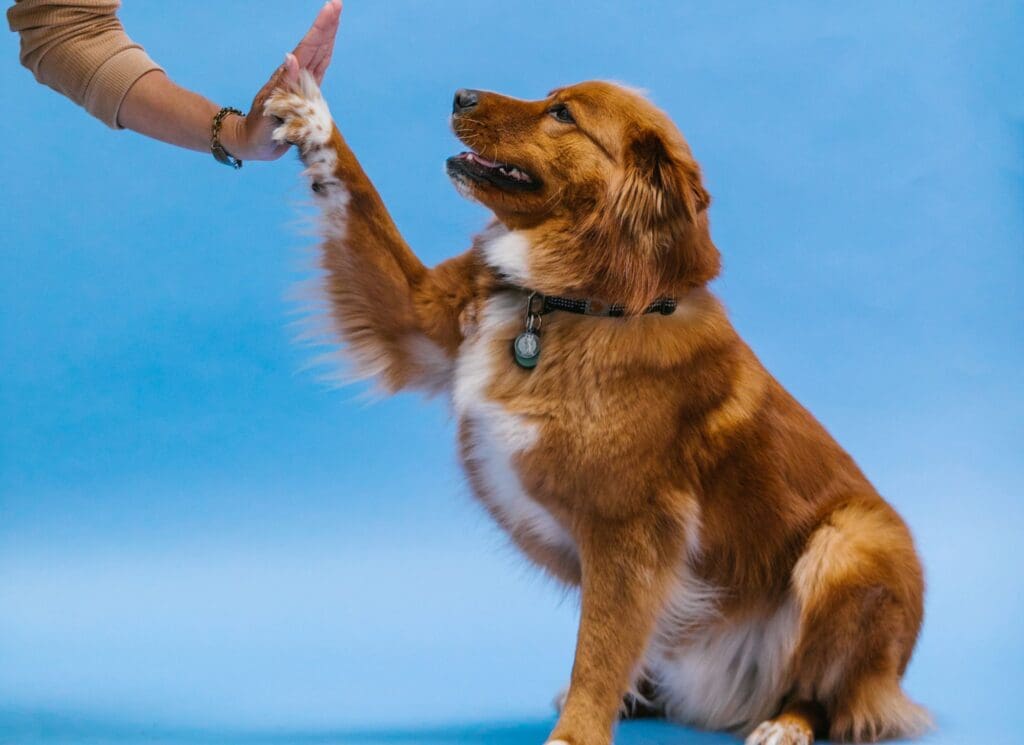

Marker Word Examples
When you choose a reward marker word, choose something short, positive, and unique. Avoid words that you say all the time in casual conversation, or a word that sounds too close to your dog’s name. You could even choose a word in a foreign language! A list of marker words are:
- Viva!
- Pip!
- Bingo!
- Bravo!
- Boom!
- Yes!
- Good!
One of the advantages of a reward marker word over clicker training is that the sound of the word is more unique than the sound of a clicker. This is especially helpful if you are in a group class or if you are training multiple dogs. You can imagine how confusing it might be for a dog to hear all that clicking around them as other dogs are working. A reward marker is unique to your dog, so it helps prevent confusion. It’s also free and doesn’t require you to carry an extra tool around, which is helpful when you are on the go.
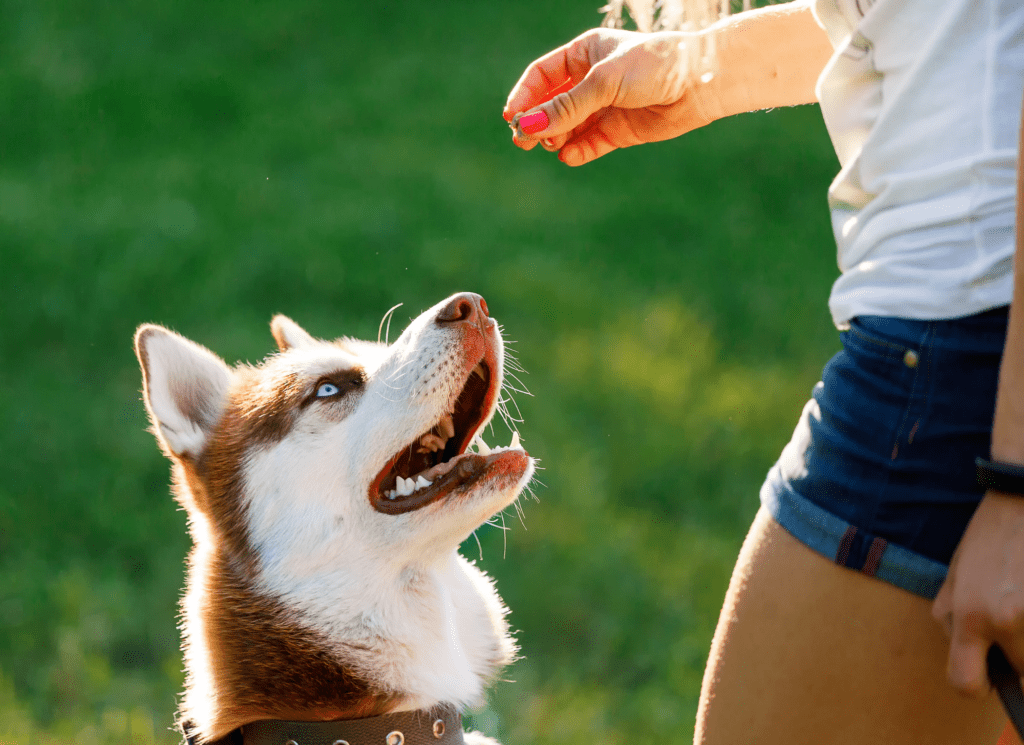

Charging a Marker Word (or Clicker)
Once you have your word, you must teach your dog that the word = a reward (same for clicker trianing). This process is often called loading or charging the marker, and it’s a form of conditioning. To start, buy a pack of high value teats. Some of my favorite options are Stewart freeze dried treats (stinky and high value!), Pupford training treats (low calorie), and Vital Essentials raw nibs (nutritonally balanced, meaning you can use beyond the 10% of your dog’s daily calories). They key is to find what is valuable to your dog.
Once you have your treats, follow these simple steps to “load” your marker:
- Start in a quiet space with no distractions so that your dog is paying attention to you.
- Say your reward marker word, then give your dog a treat immediately afterwards. It doesn’t matter what your dog is doing, as long as they are paying enough attention to hear the word. Be sure to say the word, then give the treat, rather than saying the word and giving the treat at the same time.
- Repeat this about 10 times in a row, a couple times a day, for several days. Soon, you’ll notice that the moment you say your reward marker word, your dog looks at you for their treat. That will indicate your dog is ready to start training.
A good way to proof this is to say your reward marker word when your dog is not specifically paying attention to you. For example, when you are sitting around watching TV and your dog is hanging out with you. Say the reward marker word, and your dog should immediately turn to you for their treat. Make sure you have a treat on hand to give! If they don’t respond to the word, continue with the process outlined above.
TIP: your reward marker should ONLY be used when you can give your dog a treat. It is a contract between you and your dog that a reward is coming, so don’t break that promise!
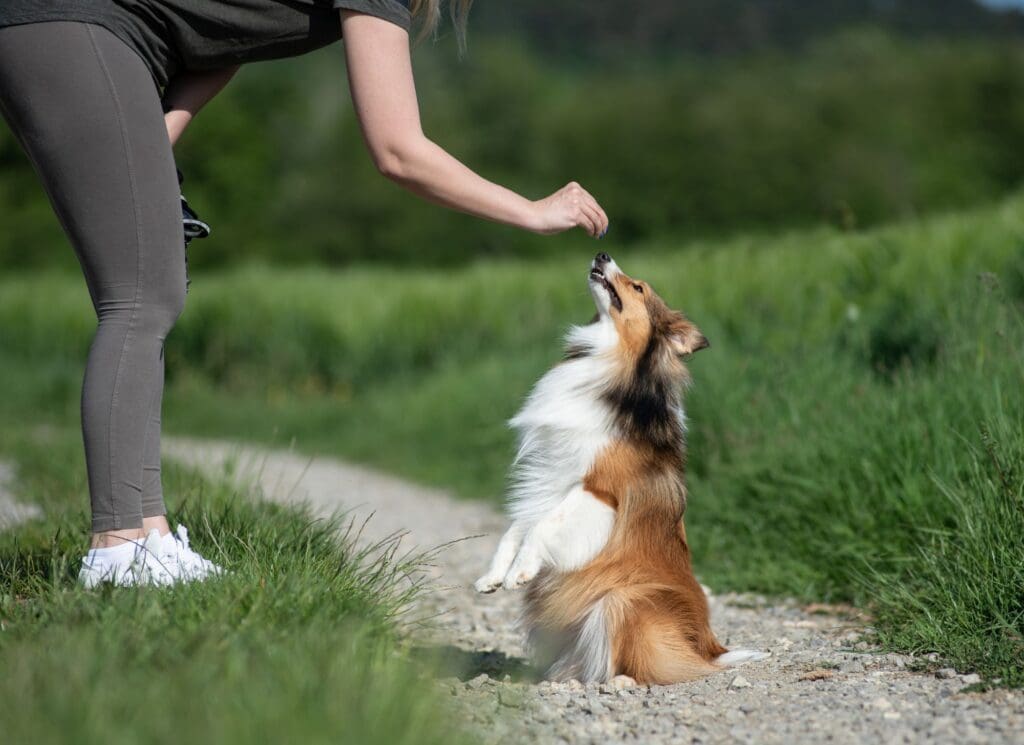

How to Start Using a Marker Word with your Dog
Once your reward marker is charged, create a training plan and use your reward marker word to shape the behavior you want! Remember, behavior that gets reinforced gets repeated. You can use your reward marker word when you train a new cue or trick, or whenever you want to reinforce a behavior you like. For example, if you are on a dog walk and your dog checks in with you, mark that behavior with the reward marker word and give them a treat. If you are teaching your dog “sit,” lure them into position and “mark” the moment their butt touches the floor.
When training with your reward marker word, pay attention to your timing. If you cue your dog to sit, for example, say your reward marker word the second your dog’s butt touches the ground– not a second before or a second after. Yes, seconds count when it comes to clear dog training! Also, make sure that you give the treat after you say the reward marker word, not before or during. The reward marker marks the exact action, and the treat follows.
Also, remember to mark and reward for the smallest of victories when you first start working on a new skill or behavior. This helps “shape” the behavior without needing to use any coercion. It also makes your dog think. For example, if you want to teach place, start by marking and rewarding any time one of your dog’s paws touches the mat/bed/whatever you are using. Build on this behavior until you only mark and reward for two paws… then three, then all four, and so on.
Lastly, keep training sessions short (around 10 minutes at a time), and keep them fun, upbeat, and positive. Dogs can get bored and frustrated just like children, and we want training sessions to be a source of happiness, not dread. The same goes for you, too! If you feel yourself getting frustrated or your dog doesn’t want to focus, just try again later.
What reward marker will you choose? Drop your ideas in the comments!
Pin This For Future Reference
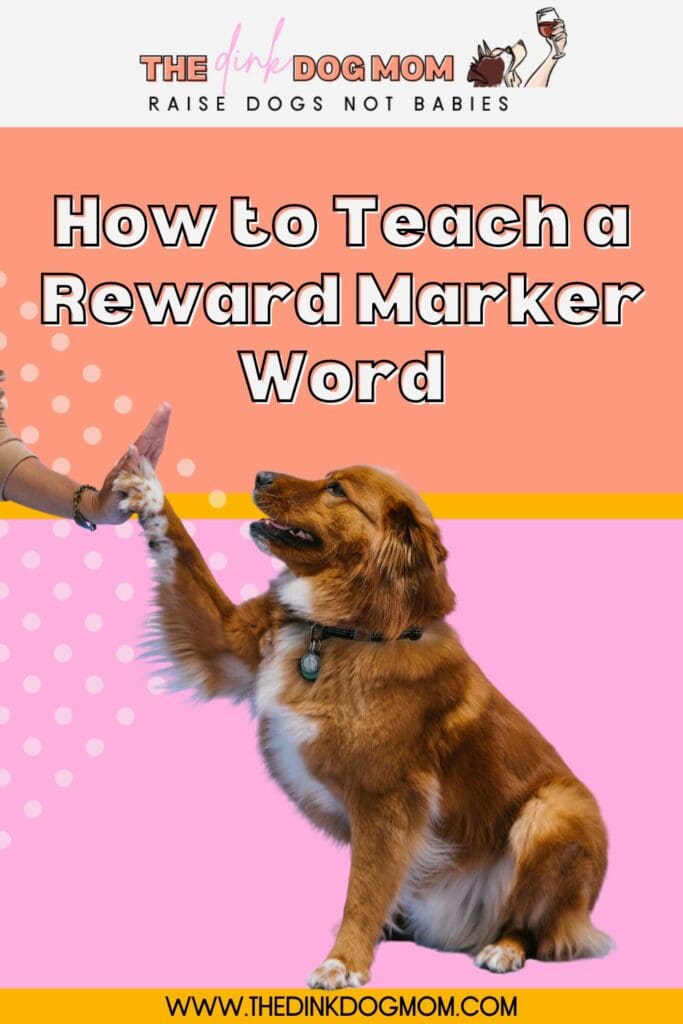


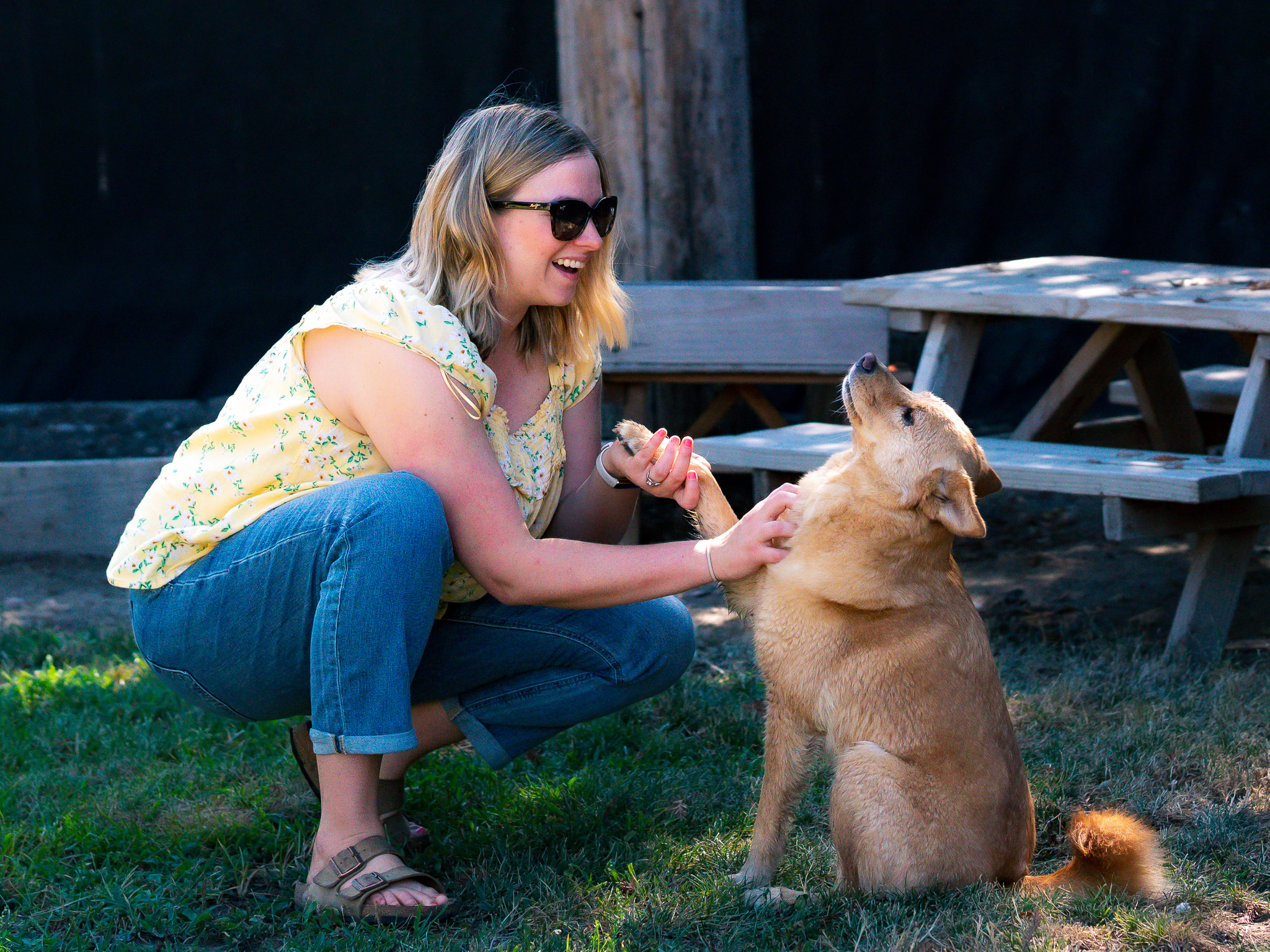
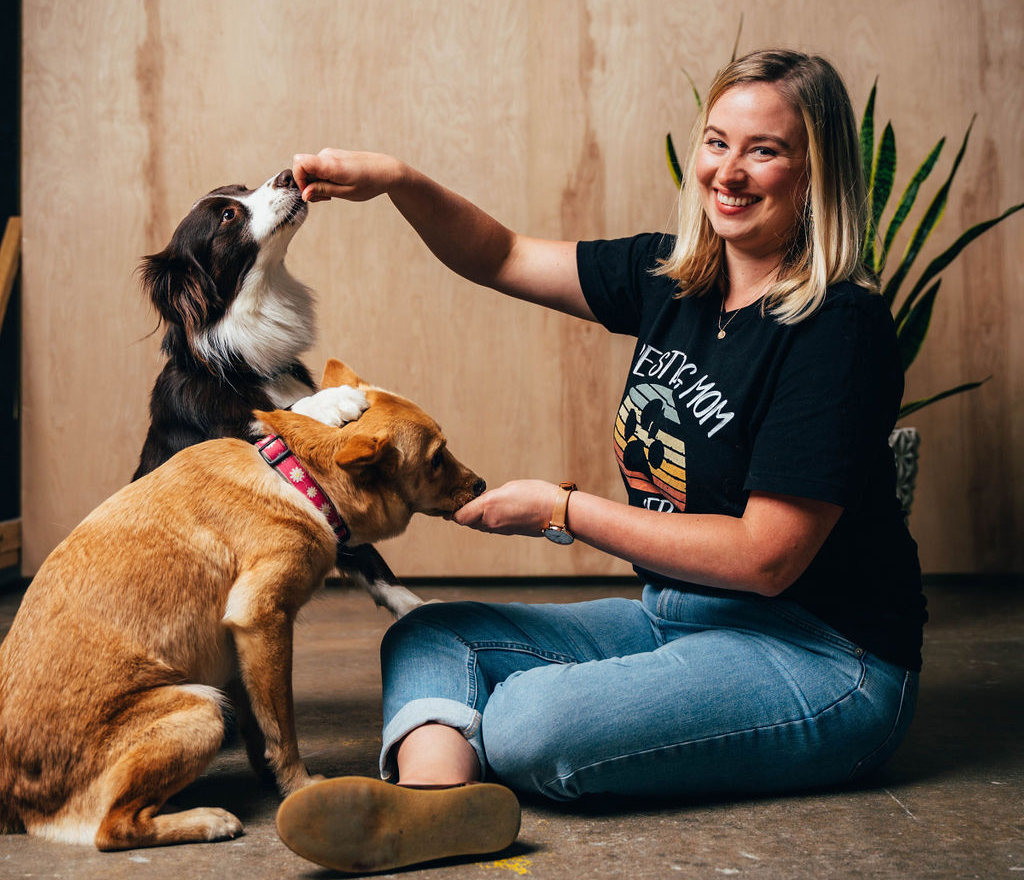
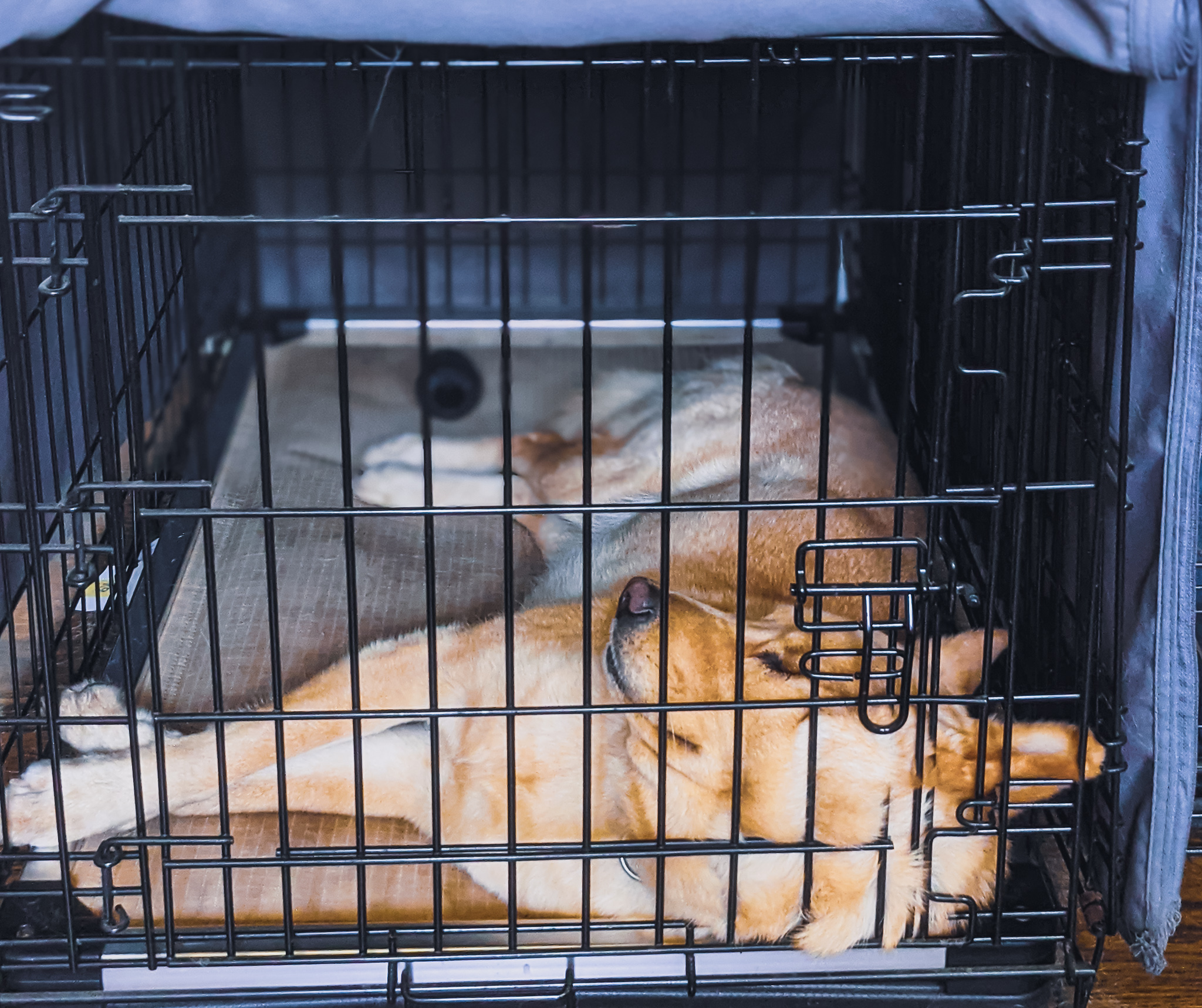

4 Responses